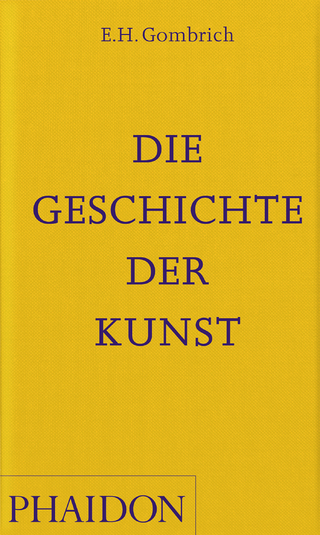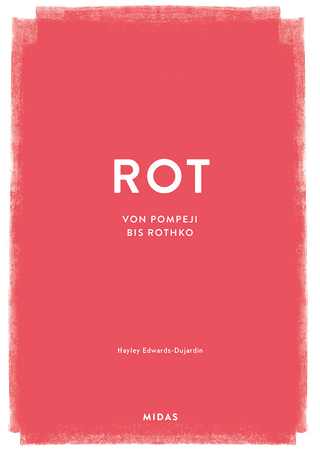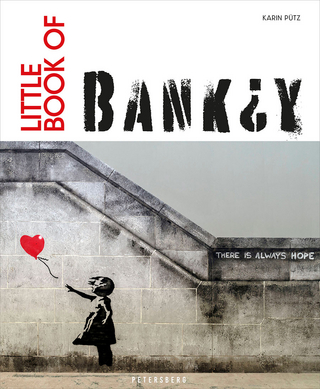
William Morris and John Ruskin
University of Exeter Press (Verlag)
978-1-905816-27-9 (ISBN)
A wide-ranging collection of essays written for the William Morris Society exploring the various intersections between the life, work and achievements of William Morris (1834-1896) and that of John Ruskin (1819-1900).
Subjects covered include Ruskin’s connection with the Pre-Raphaelite movement, the promotion of craft skills and meaningful work, Morris and the division of labour, Ruskin’s engagement with education and the environment, Ruskin and the art and architecture of Red House, the parallels between Ruskin’s support for Laxey Mill and Morris’s Merton Abbey Works, the illustrated manuscript and the contrasts between Ruskin’s Tory paternalism and Morris’s revolutionary socialism. The book includes articles first published in The Journal of William Morris Studies between 1977 and 2012 and new pieces written especially for this volume.
Ruskin's beliefs had a profound and lasting impact on Morris who wrote, upon first reading Ruskin whilst at Oxford University, that his views offered a "new road on which the world should travel" - a road that led Morris to social and political change.
John Blewitt is an independent scholar having worked in further, higher, international and adult education for many years. He was Head of Lifelong Learning at Exeter and Aston Universities. He is the author and editor of many works on education, environmental sustainability and politics including Understanding Sustainable Development (Routledge 3rd edition, 2018) and Media, Ecology and Conservation (Green Books, 2010) and The Ecology of Learning (Earthscan, 2006). He is a Distinguished Fellow of the Schumacher Institute. The William Morris Society exists to promote and celebrate the life, work and ideas of William Morris (1834-1896). The breadth of Morris’s ideas and activities bring together those who are interested in him as a designer, craftsman, poet, and political activist, and who admire his robust and generous personality and his creative energy. His ideas on how we live and how we might live, on creative work, ecology and conservation, politics and the place of the arts in our lives remain as stimulating now as they were over a century ago. Established in 1955, membership of the Society is open to all and has a worldwide fellowship. www.williammorrissociety.org Contributions by: Sara Atwood, John Blewitt, Chris Brooks, Robert Brownell, David Elliot, David Faldet, Peter Faulkner, Lawrence Goldman, Jacques Migeon, Michael Naslas, Evelyn J. Phimister and Christopher Shaw.
The William Morris Society
Notes on Contributors
1 Introduction - John Blewitt
2 Ruskin and Morris - Peter Faulkner
3 John Ruskin: patron or patriarch? - Robert Brownell
4 ‘“This link between the Earth and Man”: Ruskin, Morris, and Education’ -
Sara Atwood
5 Red House and Ruskin - Jacques Migeon
6 Morris and Pre-Raphaelitism - Peter Faulkner
7 Ruskin and Fairfax Murray - David Elliot
8 John Ruskin, William Morris and the Illuminated Manuscript - Evelyn J. Phimister
9 Medievalism in Morris’s Aesthetic Theory - Michael Naslas
10 ‘Bawling the right road’: Morris and Ruskinian social criticism - Chris Brooks
11 From Art to Politics: John Ruskin and William Morris - Lawrence Goldman
12 Laxley Mill: Ruskin’s Parallel to Merton Abbey - David Faldet
13 William Morris and the Division of Labour: the idea of work in News from Nowhere - Christopher Shaw
14 John Ruskin’s Tory Paternalism - John Blewitt
Index
| Erscheinungsdatum | 03.07.2019 |
|---|---|
| Verlagsort | Exeter |
| Sprache | englisch |
| Maße | 156 x 234 mm |
| Themenwelt | Kunst / Musik / Theater ► Kunstgeschichte / Kunststile |
| Kunst / Musik / Theater ► Malerei / Plastik | |
| Sozialwissenschaften | |
| ISBN-10 | 1-905816-27-8 / 1905816278 |
| ISBN-13 | 978-1-905816-27-9 / 9781905816279 |
| Zustand | Neuware |
| Haben Sie eine Frage zum Produkt? |
aus dem Bereich


